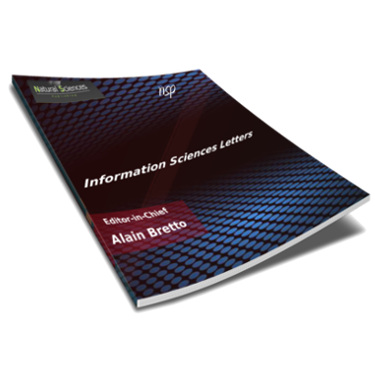
Information Sciences Letters
Abstract
The current study aimed to identify the most widely social media used in communication between members of Saudi families in Jouf region, and to identify the pros and cons of social media, and what are the most motivating reasons for using such means among members of those families. Also, the study aimed to identify the impact of social media on the families of Jouf region in terms of the relationship between parents, parents and children, as well as the relationship between children with each other. The researcher relied on the descriptive approach by applying a questionnaire for social media on a sample of (344) individuals belonging to families in Jouf region. The results showed that Saudi households communicate permanently through social media, and the most important of these means is WhatsApp, which ranked first (30.52%), followed by Snapchat (21.22%). The results also referred to the positives of social media, the most prominent of which were (learning about the customs and traditions of other peoples) and (following current events) by (38.37%) and (38.66%) respectively, while in terms of its negatives, most notably were (causing waste of time) and (weakening concentration and leading to distraction) by (42.44%), (31.69%) respectively. Social media had a negative impact on relationships between parents and (lack of interest in family) was one of the most significant of these factors, while it had a weak impact on (negligence in perform household duties). As for the relationship between children and parents, social media has had a negative impact on many aspects, most notably (reducing the seating of children with their parents). In addition, it affects the relationship between children and each other, and one of the most important of these influences (spending too much time with social media).
Recommended Citation
M. S. Youssef, F.
(2023)
"Impact of Social Media on Jouf Region Families,"
Information Sciences Letters: Vol. 12
:
Iss.
6
, PP -.
Available at:
https://digitalcommons.aaru.edu.jo/isl/vol12/iss6/28

